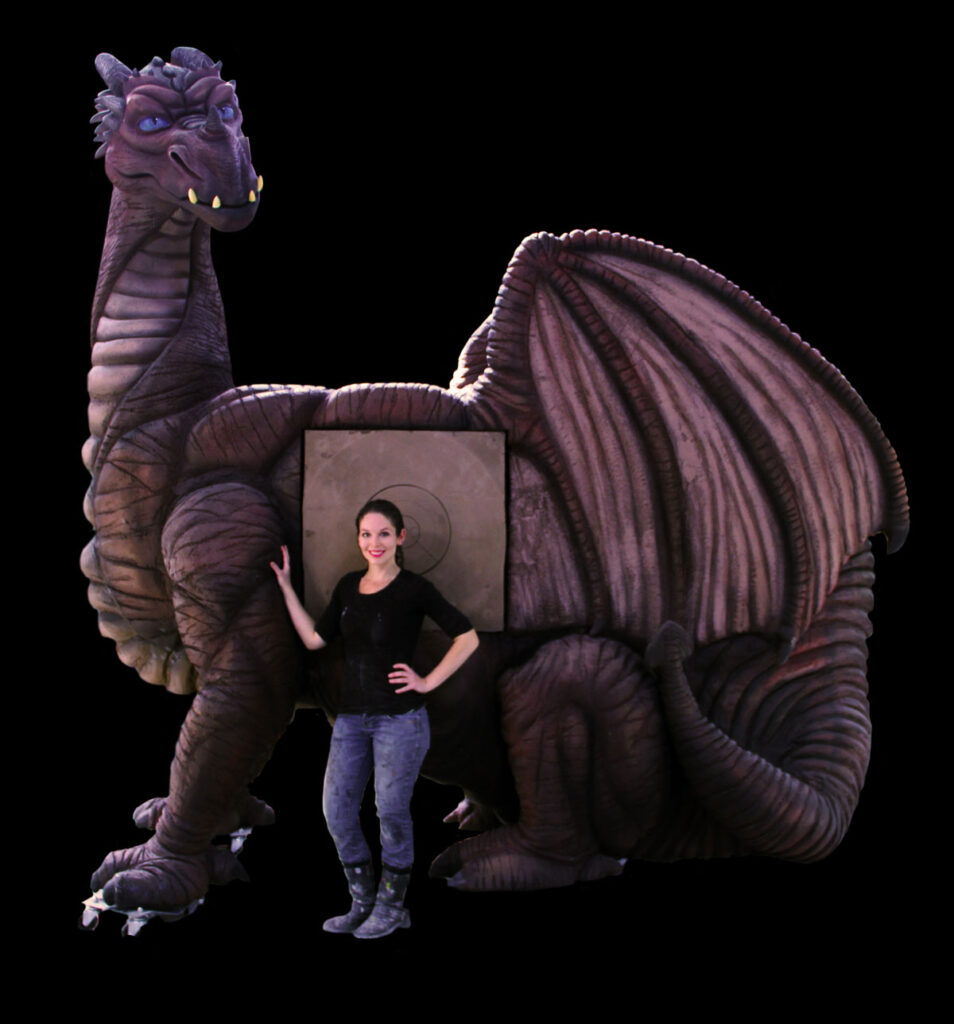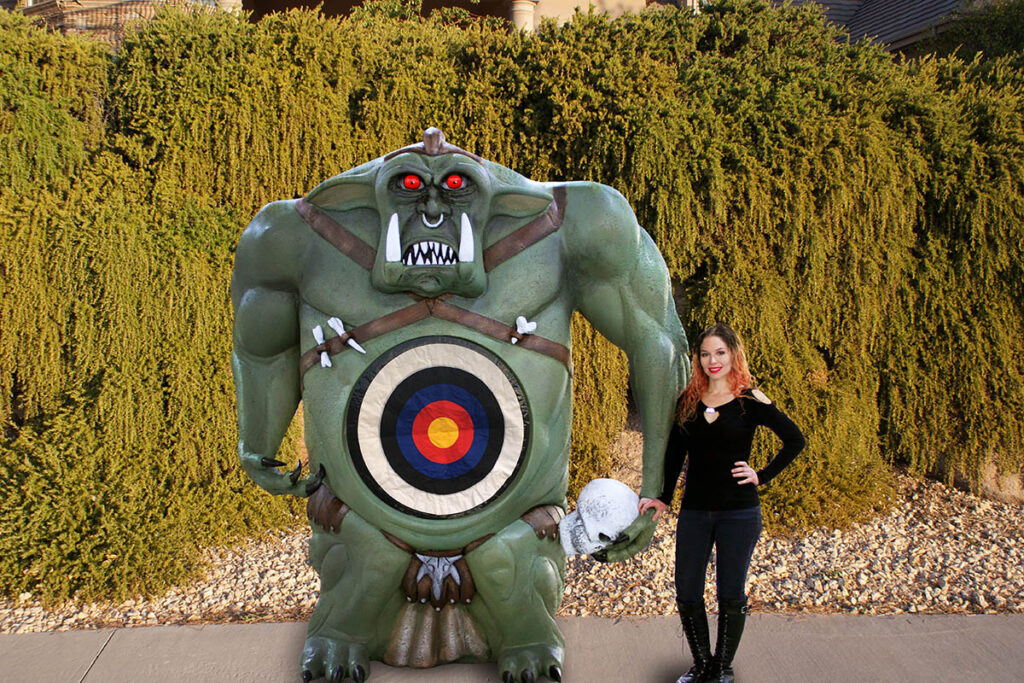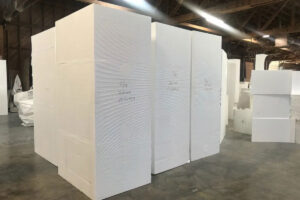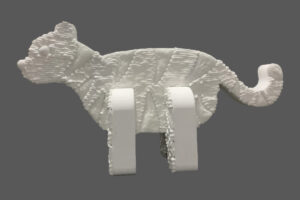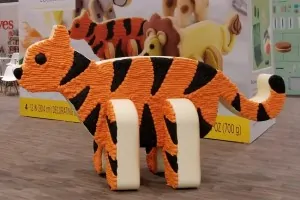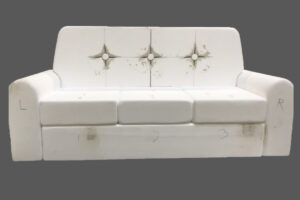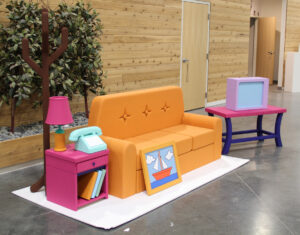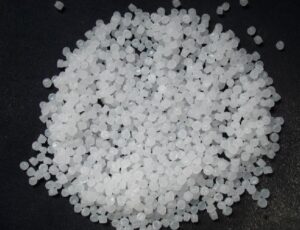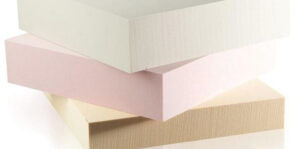3D Foam Characters
We build custom 3D Foam Characters
Tradition + Technology
Selected Projects Gallery
Features & Benefits
- Foam characters are lightweight, economical and can be created in a short amount of time.
- Project Design – If you can design it, we can create a physical model of it. If you can’t design it, we have a team of design professionals who can. We can work with preparing 3D models from scans, sketches, photos, and even drawings on napkins.
- Professional Creators – We have a team of designers, artists, model-makers, painters, air-brushers, sculptors, carpenters, and welders to fabricate those large product replicas with imagination, immersion, and experiential aspects.
- Strength – Whether your foam character is temporary or self-standing, we have the expertise to build in the structural components to withstand weather and people leaning against them while taking selfies.
- Foam themed models, large letters, large numbers, foam architectural models, and foam props, can all be used to help create the perfect atmosphere.
Technology and Materials
With new and innovative technology, we create extraordinary foam characters that are perfect for trade shows, fan conventions, theme parks, and museums. Adding state-of-the-art special effects and electronics, foam characters truly evolve into something amazing.
- Professional Creations – We have a team of designers, artists, model-makers, painters, air-brushers, sculptors, carpenters, and welders to fabricate that imaginative, immersive, and experiential foam character.
- No project is too large or too small, from a 2′ small statue to a large 20′ or more tall animal sculpture. You can also add special effects like custom electronics, lighting, and sound.
- Technologies include Foam Fabrication, Hot Wiring, CNC Cutting, Laser Cutting, Welding, and 6 different 3D printing technologies for rapid prototyping or production models.
- Our in-house spray booth gives us flexibility in different types and grades of paint and finishing capabilities. Some finishes include latex, acrylic, urethane, polyurea, epsilon, polyurethane, and many others.
- Did we mention, we have 45,000 square feet of production facilities in Utah, including the largest capacity of full-color 3D printing in the world.
- Foam fabrication may use other techniques including epoxy clay sculpting, molds, and 3d printing to develop the best 3D foam character.
- Portability and/or mobility may be an issue, especially with large foam characters and trade show displays.
Pricing
The cost of creating a foam character depends on the volume of materials needed (size of the model), type of materials, the time it takes to create the 3D design, production labor, installation time and materials, and other elements unique to the project. Each foam character is bid individually. The best way to determine cost is to email us, call us at 385-206-8700, or fill out the form below and let us bid on your project
Get a Free Price Estimate
Workflow

Common Questions
- What technology do you use to create foam characters?
The technologies, individually or combined include 3D Foam, 3D Printing, CNC Cutting, laser cutting, laser etching, casting, molding, sculpting, painting, airbrushing, laminating, vinyl printing, and woodworking – all meant to produce highly captivating models that fit your exact needs. - What file type is required to make a foam character?
We work with all architectural CAD programs and modeling programs including AutoCAD, Revit, Chief Architect, ArchiCAD, Maya, 3DS Max Design, ZBrush, and Sketchup, just to name a few. If you design in 3D, we will start with your 3D files. If you have 2D blueprints and elevations, or artist’s sketches, we can build a display/character model from these files as well. If all you have is an idea or a napkin drawing, we can start with that. - What is the material you use?
We match the correct material and fabrication process to your requirements in terms of presentation, size, and transportability. We fabricate in our model shop using different types of foam, wood, metal, resins, and acrylics. We can also 3D print in UV-cured resin, plastic, rubber-like acrylic, and nylon. - What is the largest foam character you can make?
There is no limit to the size of model we can create. Transportability will be your only concern if the foam character is extremely large. - How long will it take to build a foam character?
This depends on the features of the model itself as well as the scale of the model. We usually ask for six to eight weeks from the time we take the order to when you will receive the model. Large projects can take four to six months or longer to complete. - Are there any special effects I can add to my foam character model?
Yes. We have a variety of effects including special lighting, sound and movement available. - Is it cheaper if I want more than one character?
Our pricing is based on the time it takes to create your design and fabrication costs. If the second model is the same, it will be less money because the design portion is complete. Otherwise, each model is bid individually.Do you have a question we didn‘t answer? Don’t hesitate to contact us at 1-385-206-8700 or sales@whiteclouds.com.
Worldwide Delivery
WhiteClouds has delivered models around the world.
History of Foamed Polystyrene
Polystyrene is a strong plastic created from ethylene and benzene and it’s not only used for Styrofoam cups. Foam is used to make a variety of products like insulation, food containers, characters models, large letters and numbers, movie props and theme models, and so much more. It is actually referred to as expanded polystyrene or EPS. It’s lightweight, solid, strong and has myriad uses in industries such as construction, shipping, packaging and 3D fabrication just to name a few.
Polystyrene was discovered in 1839 by German apothecary, Eduard Simon and its use began in 1861. Fast forward a few decades to 1922 when organic chemist, Hermann Staudinger published his theories and research on polymers was awarded the Nobel Prize for Chemistry in 1953.
In 1930, polystyrene was manufactured commercially. In 1937, Dow Chemical Company trademarked Styrofoam and is credited for introducing it in the United States.
New technology has enabled the creative element to make use of expanded polystyrene (EPS) for nearly 40 years. From has been used to create the magic seen in live performances from small stage props to massive movie sets like all of the rubble from the final battle of Hogwarts in Harry Potter and the Deathly Hallows part 2; from foam character creation like the larger-than-life figures in Night at the Museum II to architectural scenes like the Zion Temple from The Matrix. Imagination the only limit as to what can be created with foam.
